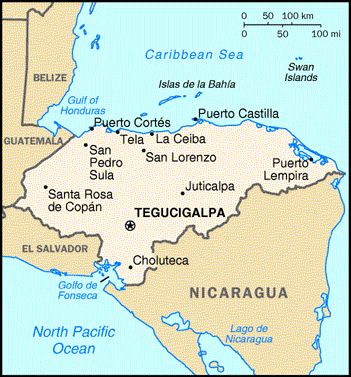

Status Quo Side: Honduras
Non-Status Quo Side: El Savador
Region: Western Hemisphere
Conflict Type: Interstate
Issues in Dispute: Ethnic
Salvadorans without opportunities at home, who settled in sparsely-populated Honduras, felt threatened by action to preserve for native Hondurans land redistributed under agrarian reform. Rioting sparked by Regional World Soccer Cup playoffs led to expulsion and/or flight of some 11,000 Salvadorans.
El Salvador declared a state of siege and called up reservists. Honduras asserted that only illegal settlers had been expelled. Trade and diplomatic relations were broken. A 3-nation Central American Common Market (CACM) mission failed to prevent border clashes. An OAS peace mission arrived as hostilities started.
Honduran planes attacked targets in El Salvador in retaliation for a bombing raid, as Salvadoran troops crossed the border on three fronts ostensibly to protect 200,000 nationals still in Honduras.
The OAS mission obtained a de facto cease-fire. New forces moved to border areas in both countries but OAS pressure brought about Salvadoran withdrawal on August 7. A border DMZ, supervised by OAS advisers, was established on June 4 1970.
Both countries signed a mediation agreement in October 1976 to establish a common border and normalize movement of people between them. In December 1986 they asked for an ICJ ruling on the border, and in May 1987 both pledged to accept the Court's ruling.
The Court presented its settling the border dispute, a ruling which it described as the most complicated it had ever handled.